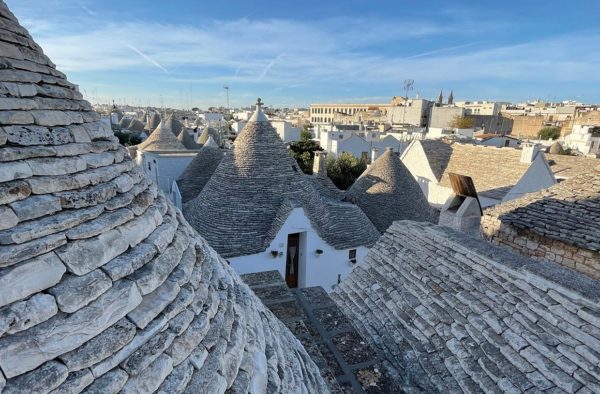Looking for things to do in Puglia? Kate Wickers recommends 6 ways to explore this charming region at a more considered pace
Featured photo © Kate Wickers
Words by Kate Wickers
It’s not so very long ago that Puglia was off the tourist map, judged as the poor southern relation to culturally rich northern Italy.
In the last decade or so, tourists, particularly Italian holidaymakers, have cottoned on to the region’s charms – lovely beaches and the small, cone-shaped dwellings known as trulli have perhaps been its biggest draw.
However, although the heel of Italy’s boot is no longer considered downtrodden, a holiday here remains low-key, connecting with the culture, people and nature in an unhurried way, in keeping with the region’s rural simplicity.
Spring and autumn are the loveliest times to visit, the perfect seasons for a gentle pedal through an ancient olive grove, to watch the flamingos flock at Sentiero Airone Nature Reserve, or to stroll through the sun-drenched, white-washed alleys of tiny Cisternino, one of the most appealing of the città bianche (white towns).
Apart from visiting Lecce – long been described as the ‘Florence of the South’ but lovely enough to not need the association – and the UNESCO-protected trulli town of Alberobello, travels around Puglia are less about ticking off major tourist sights and more about taking pleasure in nature and the minutiae of everyday life.
So, switch your phone to silent, breathe deeply, and let time stand still for a while.
6 peaceful things to do in Puglia
1. Cycle through ancient olive groves
With a history that dates back to Roman times, if the olive trees in the Val d’Itria could talk, what tales these giants would tell.
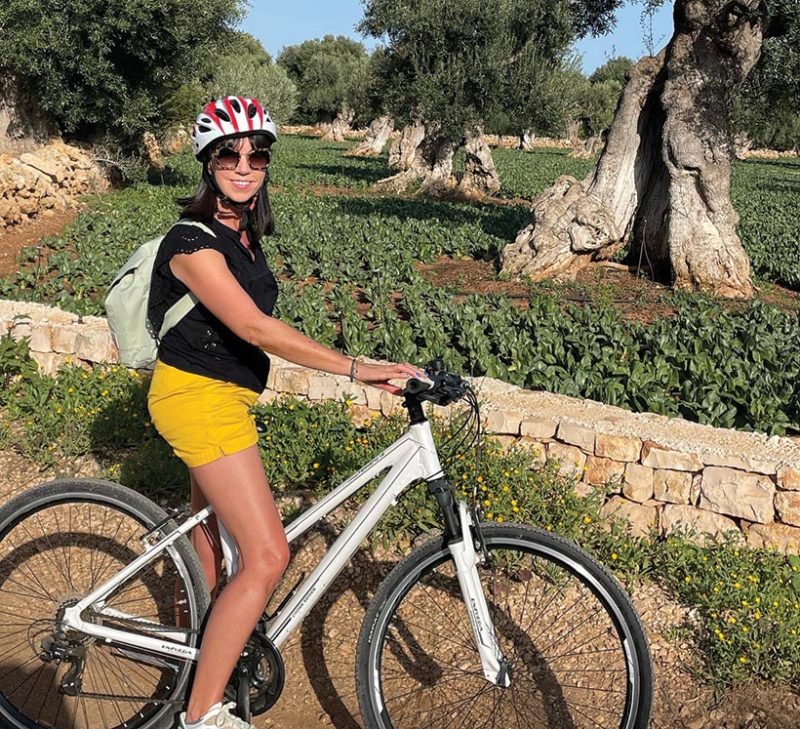
The valley (which isn’t really a valley but more of a depression) spreads between the cities of Bari, Brindisi, and Taranto, with the area between Egnazia and Martina Franca particularly scenic.
A tranquil pedal from the sparse Greco-Roman ruins of Egnazia through farmlands bordered by dry limestone walls to the fishing village of Savelletri di Fasano makes for an enchanting afternoon.
The colossal olive trees found on this route are now protected by both UNESCO and Italian law (to put a stop to them being sold for up to €50k).
With their trunks twisted by winds over some 2,000 years, they are a breathtaking sight, best viewed by early morning or at twilight as the sun lights the ancient bark in golden tones.
The land between the trees is farmed and aromatic, dotted with masserie (traditional Puglian farmhouses), and you only need to take a sniff of warm air to guess what the farmer has planted.
Orderly rows of broccoli, radicchio, Swiss chard and kale are sown by hand.
Farm dogs raise a warning in a lacklustre way, while farmers, hoeing rich red soil, stop their toil to offer passing cyclists a friendly buongiorno.
2. Visit the cliffs of Polignano a Mare
Every year, from the tall, tall cliffs of Polignano a Mare, daredevil divers amass to test their nerve at The Red Bull Cliff Diving World Series.
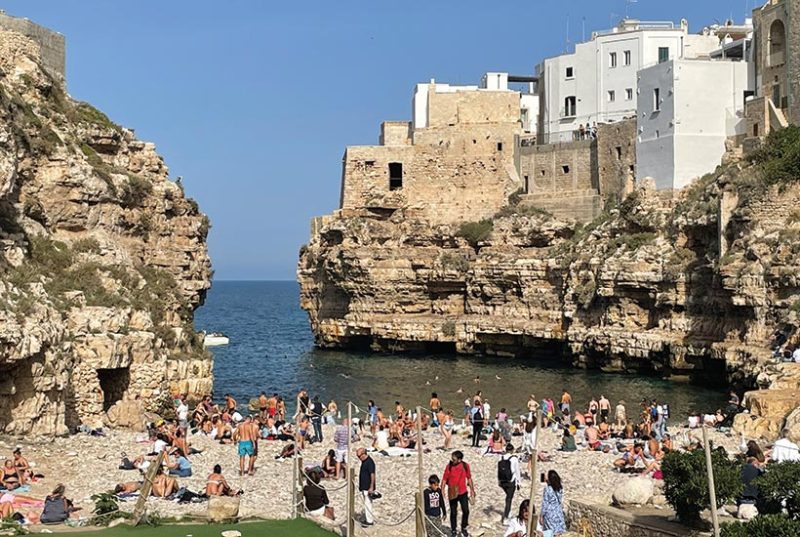
While I’m not suggesting you try the same, a gentle leap into the crystal-clear waters of the Adriatic from the lower rock ledges that hug the picture-perfect Lama Monachile white pebble beach makes for a life-affirming experience, with or without kids in tow.
Diving championships aside, this is a lovely local scene, more popular with local Italians than foreign visitors, and the air is filled with expressive banter as multi-generational families gather.
Autumn months are favourite, with sea temperatures still averaging 25 degrees, and there’s good snorkelling to be enjoyed.
Pick up a picnic of ciabatta with octopus or plump mozzarella and tomato and spread out a towel, or join a boat tour for an up-close view of the caves and rock formations formed by the ceaseless crashing of waves since time immemorial.
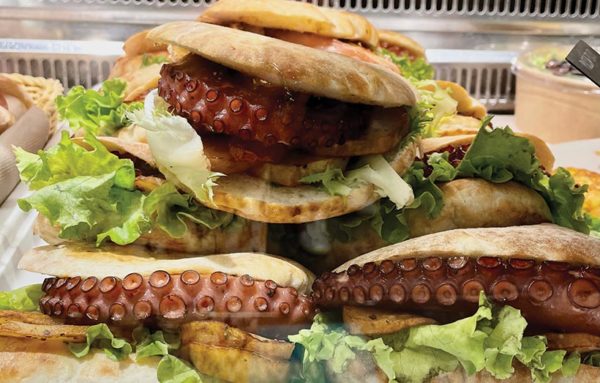
Don’t miss a stroll through the old town and up to the Balconata sul Mare for dizzying sea views.
And once the sun has set, feast on a dinner of linguine ai ricci di mare (sea urchin linguine), a local speciality.
3. Enjoy the dawn chorus at Alberobello
Famous for its 1,400 conical-roofed houses, known as trulli, and UNESCO-listed for its cultural heritage, many would argue that the town of Alberobello has single-handedly put Puglia on the map.
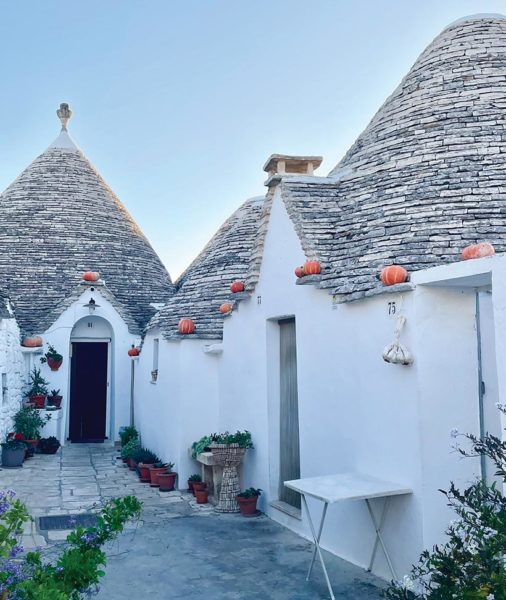
A few hours spent strolling through this arresting settlement should not be missed, but pick your time wisely as the first busloads of passengers from cruise ships have arrived by nine o’clock.
Sunrise is a magical hour, when the white limestone is illuminated in soft rosy light and the only chatter you’ll hear is that coming from magpies.
At the top of the hill, at the church of San Antonio, begin your discovery of what was originally built as a tax-avoiding secret deep within an oak forest in the Middle Ages (long ago cut down to supply Italy’s shipbuilding industry).
Better still, book the services of a local guide to discover the somewhat chequered history of the town (tales of poverty and murder included), which puts paid somewhat to the town’s fairytale image.
Do also visit the quieter, picturesque nearby town of Locorotondo, which has its fair share of trulli too.
4. Walk with dinosaurs and flamingos
Sentiero Airone Nature Reserve, in the north of Puglia, is home to one of Europe’s largest colonies of pink flamingos, which first flocked here just a few decades ago, and are most easily sighted during mild winter months.
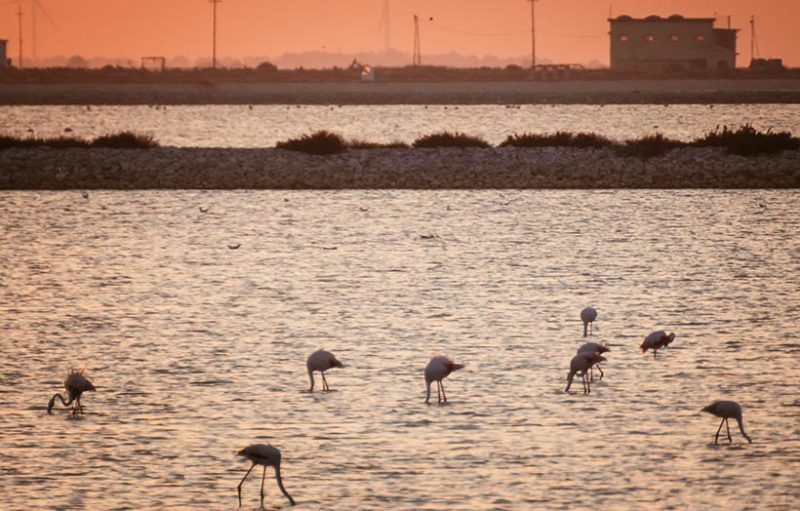
The Sentiero Airone Nature Reserve lies between the Gargano National Park and the Murgia National Park, in a land of limestone caves and plateaus where 30,000 dinosaur footprints have been discovered.
Keen birders might want to book in at the private 56-hectare wetland of Oasi Laguna del Re, with its nature walks leading to bird hides and watchtowers, where, among many other birds, Greater Flamingo, Great Egret, Spoonbill, Purple Heron, and Eurasian Curlew are often spied.
5. Eat ‘bombette’ with a view in the ‘kasbah of Puglia’
Most visitors to Puglia are keen to tick off the city of Lecce, renowned for its dazzling Baroque architecture – and a lovely place it is too – but there’s wonderful pleasure to be had in spending time in the smaller, less-visited towns.
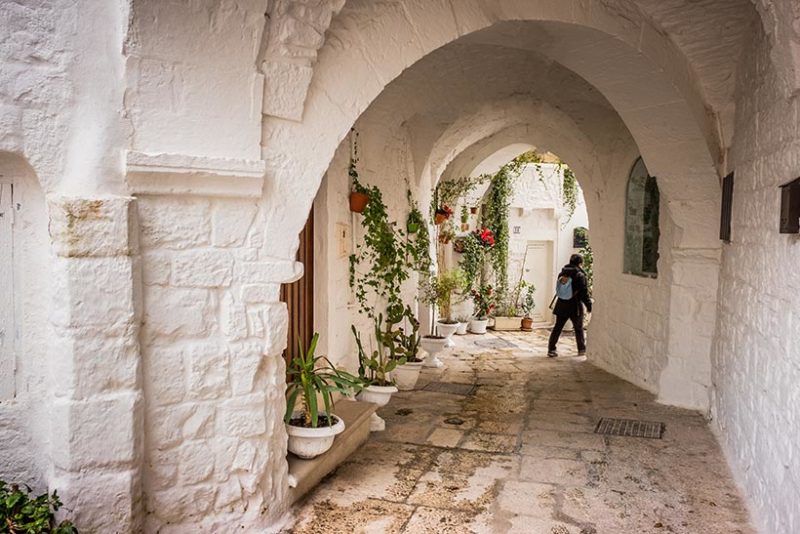
Lecce’s past is still tangible in the architecture and cuisine, marked as it is by influences from the procession of conquerors who have stomped through the region over the centuries, en route to plunder richer northern treasures.
With far fewer visitors, Cisternino offers a less hectic scene.
Nicknamed the ‘kasbah of Puglia’ for its warren of narrow streets, its whitewashed houses, built around an inner courtyard with outside staircases, are more reminiscent of dwellings found in Asia.
Several hours can be lost in Cisternino to what the Italians call il dolce far niente (the sweetness of doing nothing), and it’s a joy just to wander around the town.
For such a small place, there are a surprising number of family-run trattorie, but also, more unusually, barbecuing butchers, known as fornelle (half carniceria, half trattoria).
Try Rosticceria L’Antico Borgo, famous for serving bombette – parcels of meat, usually pork mince, stuffed with cheese and spices and cooked on a grill.
Your takeaway treat can be enjoyed either at the fornella’s outside tables or from one of Cisternino’s many panoramic viewpoints.
The communal garden near 13th-century Chiesa Matrice is lovely, with vistas over rolling olive groves, where counting the tips of the trulli houses peeping out from the green is guaranteed to become a game.
6. Sip wine in a secret garden
Well, nothing slows you down as nicely as a glass of delicious wine on a sunny afternoon in a secret garden.
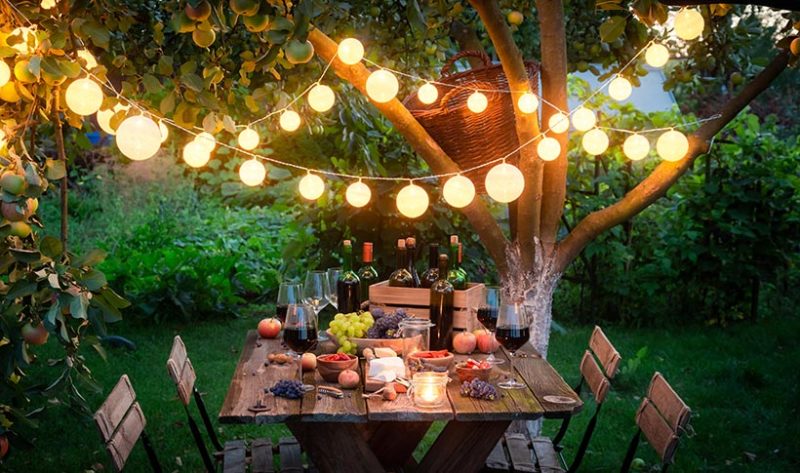
Puglia produces many delicious wines (try a Girofle rosato with fish fresh from the Adriatic), and the region, between the olive and almond groves, is strung with mile upon mile of vineyards.
Head to the Vetrere Winery, an estate dating from 1600 close to the coastal city of Taranto, which is owned and run by three sisters.
Their white wine Cre, made from the indigenous Minutolo grape, which was once close to extinction, is award-winning.
Drink it sitting at a rustic farm table in a secret garden hung with, what else, but grape-heavy vines.
Tours run from April to October.
Explore more of this region in our Puglia archive

